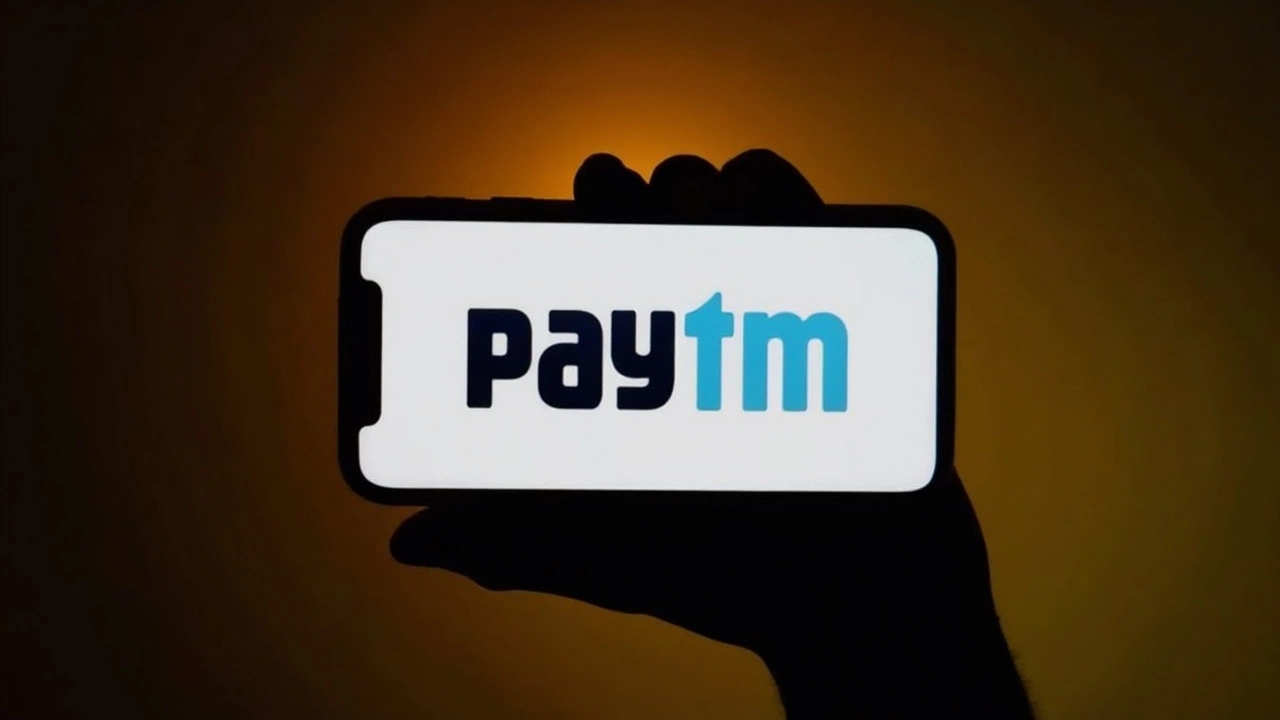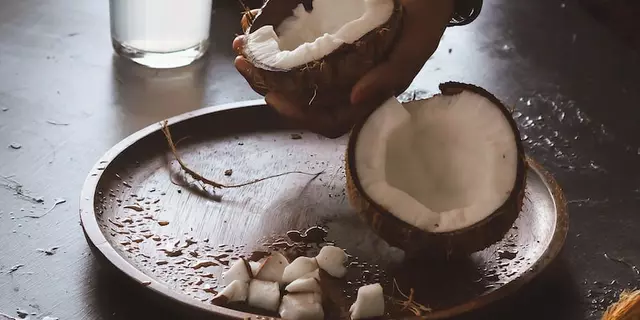Digital Payments: Simple Guide to Using and Securing Online Money
Ever wonder why everyone keeps talking about going cashless? It’s because digital payments make buying stuff, paying bills, or sending money as easy as a few taps. In this guide we’ll walk through how these payments actually work, what you need to get started, and how to keep your money safe.
First off, you don’t need a fancy bank account to use most digital payment tools. All you need is a smartphone, an internet connection, and a basic verification step—usually a mobile number or an email. Once you link a debit or credit card, or directly connect your bank, you can start paying for groceries, movie tickets, or even rent without pulling out a wallet.
How Digital Payments Work
When you tap ‘Pay’ on an app, the app talks to your bank in the background. It sends a small, encrypted request that says who you are, how much you want to send, and who the receiver is. The bank checks if you have enough funds, then approves the request and moves the money. This whole process happens in seconds and you get a confirmation instantly.
Most popular payment methods fall into three categories: UPI (Unified Payments Interface) in India, QR‑code based payments, and card‑tokenized payments like Apple Pay or Google Pay. UPI lets you move money using a virtual address (often your mobile number) without sharing your card details. QR codes work by scanning a picture that contains the merchant’s payment info—great for small shops that don’t have a point‑of‑sale terminal.
Another handy feature is “request money.” Instead of sending cash, you can send a payment link to a friend or a vendor. They click the link, confirm the amount, and the money lands in your account instantly. It’s perfect for splitting dinner bills or collecting rent.
Staying Safe with Your Payments
Security is the biggest worry for many users. The good news is that most payment apps use strong encryption, two‑factor authentication, and tokenization to protect your details. Tokenization replaces your real card number with a random code that can’t be reused elsewhere.
Here are three quick habits to keep your money safe:
- Use a PIN or biometric lock on the payment app. Even if someone steals your phone, they can’t approve a payment without the lock.
- Check the recipient’s details before you hit send. A typo in a phone number or UPI ID can send money to the wrong person.
- Keep the app updated. New versions often fix security bugs and add better protection.
If you suspect any unauthorized transaction, most apps let you freeze your account instantly or raise a dispute. Acting fast helps you recover the money and stop further fraud.
Finally, be wary of “too good to be true” offers that ask for your OTP or password. Legitimate banks never ask for those details over a call or message. If something feels off, pause and verify through the official app or website.
Digital payments are reshaping how we handle money every day. By understanding the basics and following simple safety steps, you can enjoy the convenience without worrying about risk. Start with a trusted app, link your card, and try a small transaction today—you’ll see how fast and easy cashless life can be.
Government Firm on Zero MDR for UPI: Debunks PCI Proposal Amidst Soaring Digital Payments
The Indian government has firmly rejected any plan to reintroduce MDR charges on UPI transactions, pushing back against industry talks led by the Payments Council of India. Despite the payment sector’s funding struggles, UPI transactions soared beyond 18 billion in May 2025, keeping India's digital drive on the fast track.





